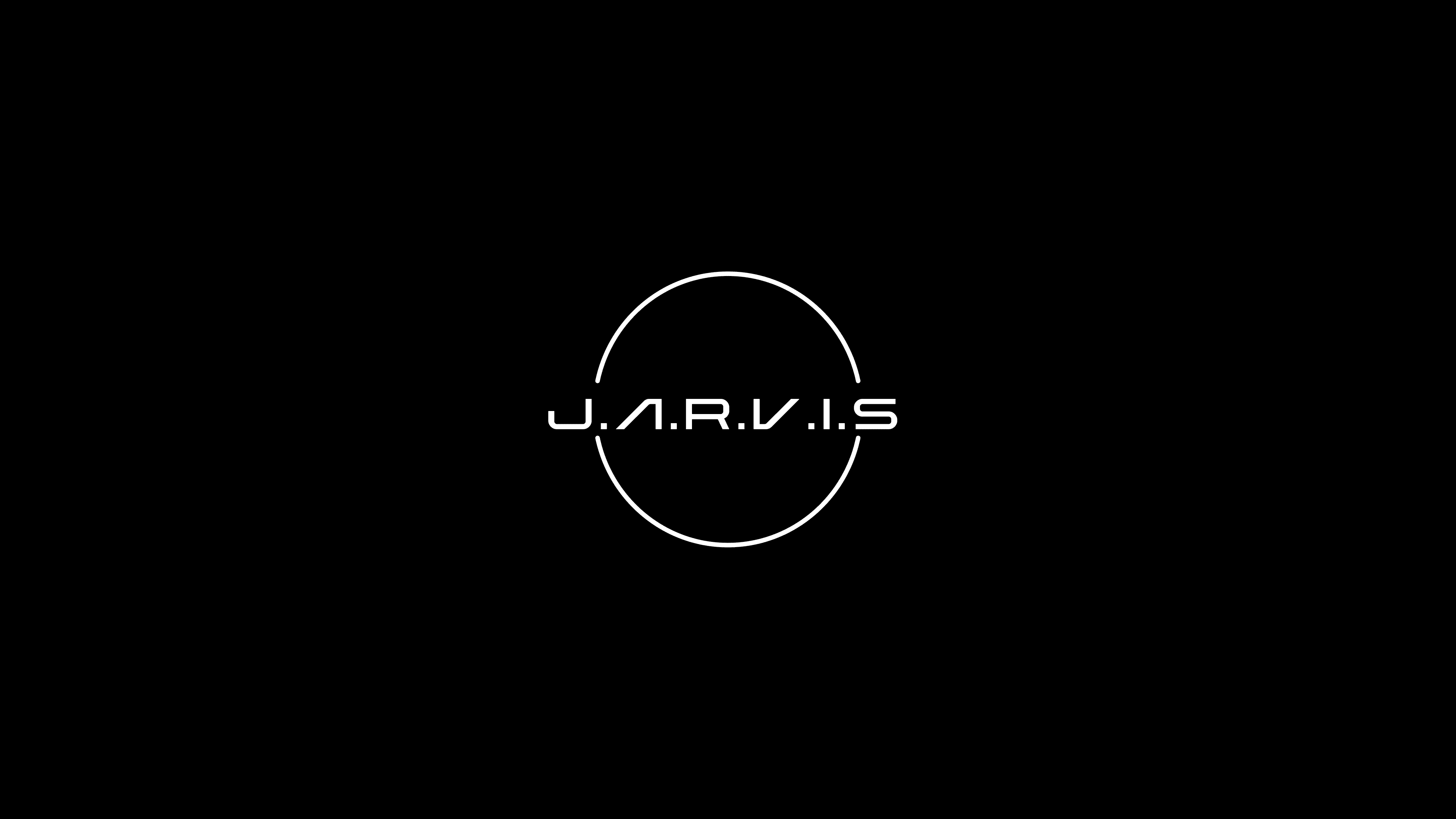Two Approaches to Digital Efficiency
In the ever-evolving landscape of digital productivity, two distinct technologies have emerged as game-changers: workflow automation and autonomous AI agents. Though often mentioned in the same breath, these approaches represent fundamentally different philosophies toward accomplishing tasks in the digital realm.
Workflow Automation: The Mechanical Approach
Traditional workflow automation operates on a relatively simple principle: when X happens, do Y. These systems excel at handling routine, predictable processes with clearly defined steps. From email autoresponders to complex approval chains in enterprise software, workflow automation follows predetermined pathways designed by human architects.
The strength of workflow automation lies in its reliability and predictability. When properly configured, these systems execute their assigned tasks with perfect consistency, eliminating human error and freeing up valuable time for more complex work.
The Limitations of Traditional Automation
However, workflow automation has significant limitations. These systems can only follow the explicit paths laid out for them—they cannot adapt to unexpected situations or make judgment calls when faced with ambiguity. When circumstances fall outside their programming, they either fail or require human intervention.
Additionally, traditional automation requires extensive upfront configuration. Each potential scenario must be anticipated and mapped out, often resulting in complex decision trees that become increasingly difficult to maintain as business processes evolve.
Autonomous Agents: Intelligence in Action
Autonomous AI agents represent a paradigm shift in how we approach digital task completion. Unlike rigid automation pathways, these systems operate with goals rather than instructions. An autonomous agent understands the desired outcome and can independently determine the best approach to achieve it, adapting to changing circumstances along the way.
This flexibility stems from advanced machine learning capabilities that allow autonomous agents to understand context, make reasoned decisions, and even learn from their experiences. Rather than requiring explicit programming for every possible scenario, these systems can generalize from principles and past interactions.
When to Choose Which Approach
Despite the advantages of autonomous agents, traditional workflow automation still has its place. For high-volume, unchanging processes where reliability is paramount—such as financial transactions or regulatory compliance—the predictability of workflow automation may be preferable.
Autonomous agents shine in environments characterized by variability and nuance. Customer service, content creation, research, and strategic planning all benefit from an agent's ability to understand context and adapt to unique situations.
The Hybrid Future
As these technologies mature, we're likely to see increasing integration between workflow automation and autonomous agents. Critical systems may employ automation for their core functions while delegating edge cases and exceptions to AI agents capable of making nuanced decisions.
This hybrid approach combines the reliability of traditional automation with the flexibility of autonomous agents—creating systems that are both dependable and adaptable in the face of our increasingly complex digital landscape.
Written by Ujjwal Mathur
Published on April 14, 2025
